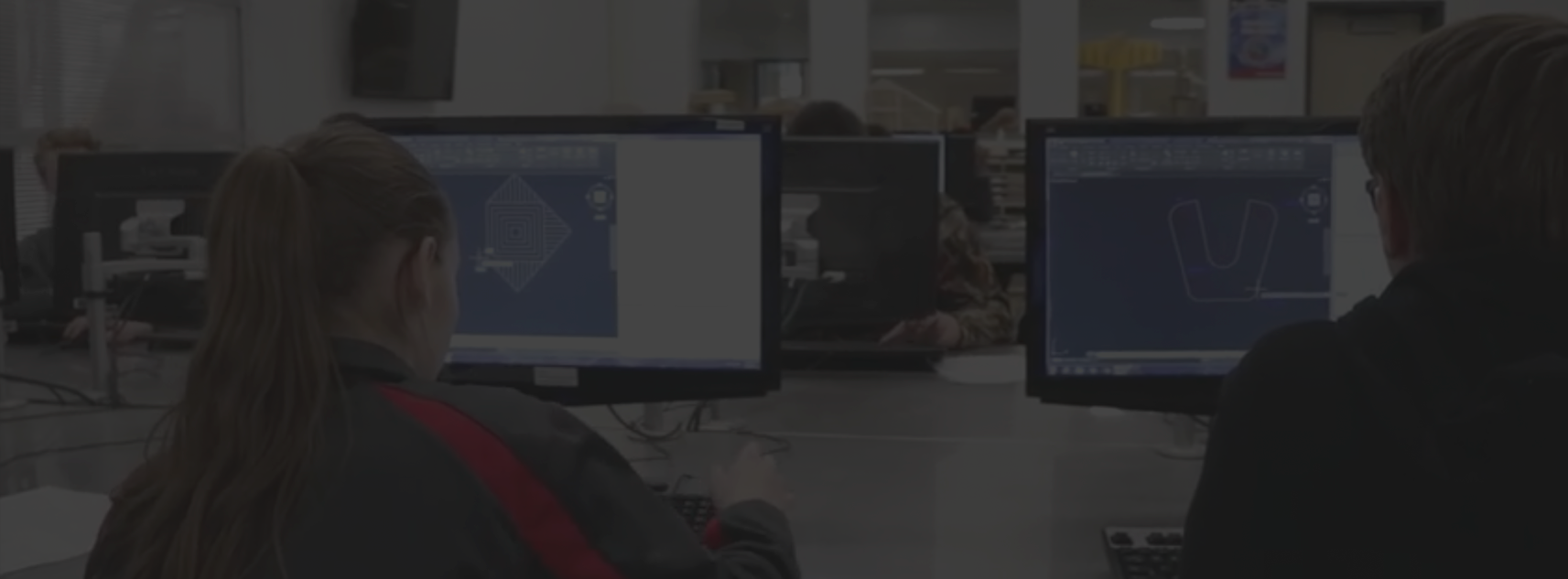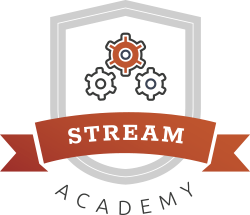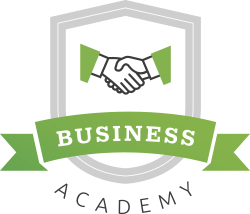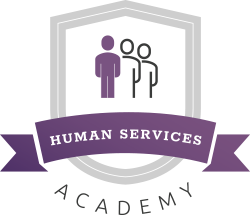Find information on tools to help you Look to the future with confidence What skills do I need?
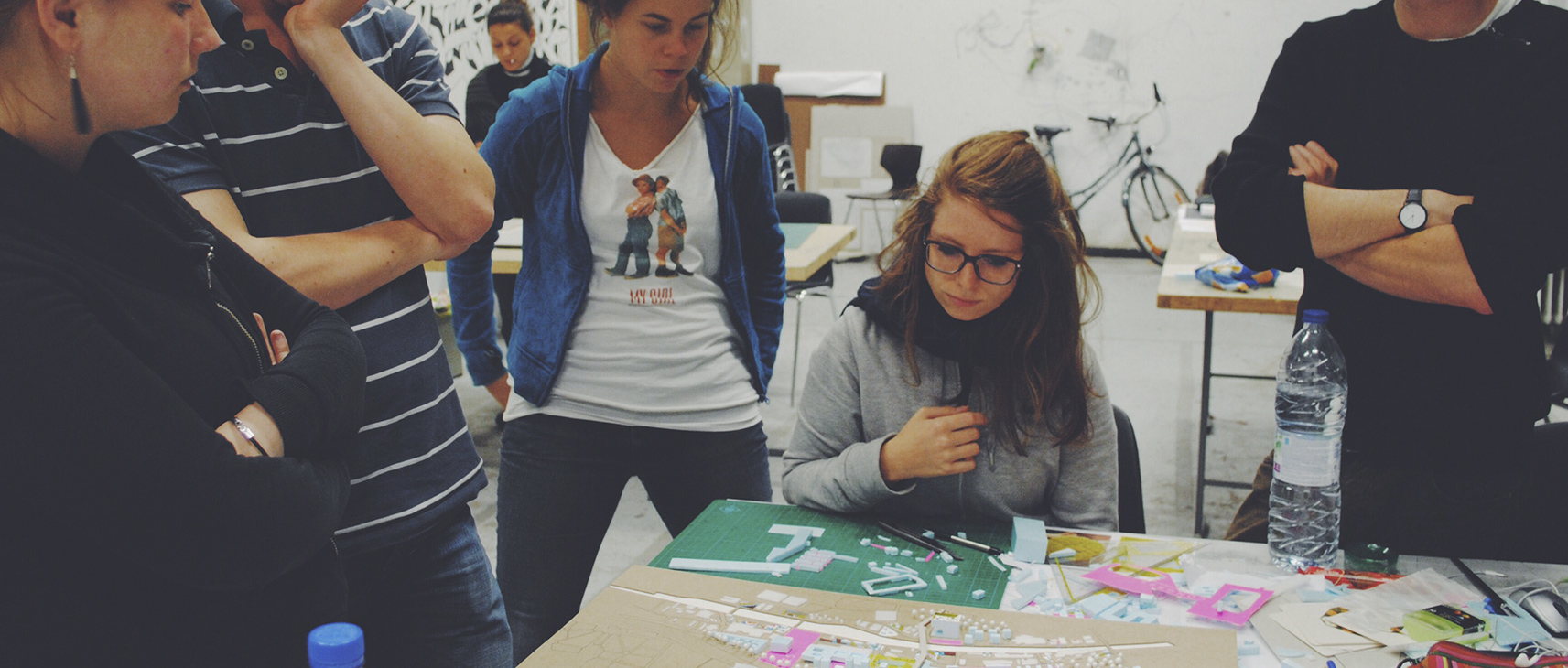
Discovering Talent, Developing Skills, Building Careers
"What's Next After High School"
Watch Video
What is TigerPath?
icon-1
Utilizing students' interests and aptitudes to guide choices for education & career.
icon-2
Changing the college decision-making process from “Where do I want to go?” to “What do I want to be?”
icon-3
Acquiring marketable skills first, then pursuing higher levels of education.
icon-4
Pursuing careers that match high-demand, high paying jobs
Merging Traditional Education with Hands-on Experiences
Two-thirds of all jobs in America require two years or less of higher education!
Students
Parents
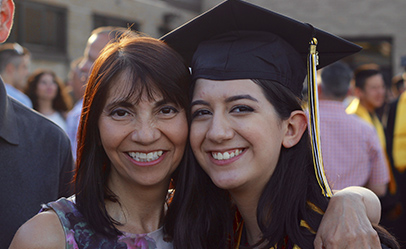
Parents
Academy concept, choosing a college, paying for college & earning industry-recognized credentials.
Employers
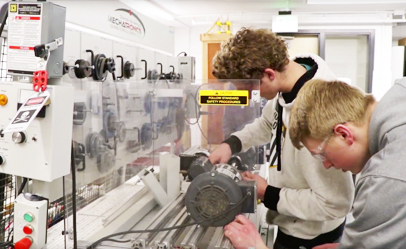
Employers
Find Information on how to connect to future employees and a place to post internships.
DID YOU KNOW….
The cost of attending a 4-year university has been steadily increasing, and has nearly tripled since 1980. Depending upon the school, earning a bachelor's degree from a university could cost $60,000 or more in tuition, fees, room and board.
Fact 11
The percentage of students attending a 4-year college who will graduate within 6 years is about 60%.
Fact 9
Right now, there are more than 8,000 skilled jobs in Minnesota going unfilled. Nationally it's 600,000.
Fact 8
In 2023, 40% of four-year college graduates were “underemployed” (holding a job that does not require the degree they hold).
Fact 6
2/3 of all the jobs in the U.S. economy require 2-years or less of higher education.
Fact 4
Between now and 2025, more than 2 million manufacturing jobs will need to be filled because of baby-boomer retirements and a growing economy.
Fact 3
The “Job Ratio” in the U.S. Economy is 1:2:7. For every 1 job requiring a master’s degree (or higher), there are 2 jobs requiring a Bachelor’s Degree and 7 jobs that require a 2-year degree or less.
Fact 1


